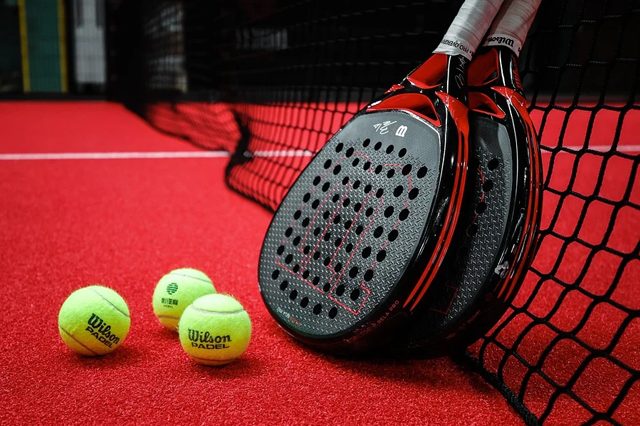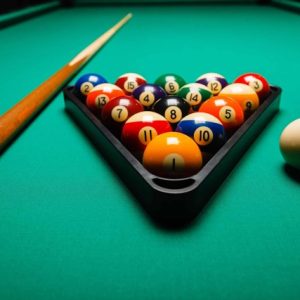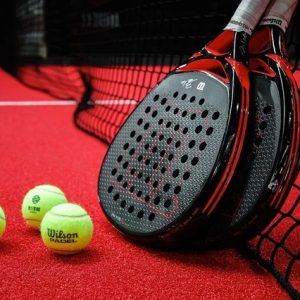When it comes to enjoying racket sports in the best possible way, it is necessary to know in depth its techniques and characteristics to achieve the best results. The layup shot can be a big problem for many people when it comes to learning it, although, if done properly, it is one of the basic shots to be able to offer great performance during the game.

Introduction to the layup
Knowing how to make a paddle tray step by step is important, since it is one of the basic strokes of paddle techniques. It is one of the most important blows; and for this reason it is necessary to carry them out to achieve the best results.
It is advisable to always solve the tray with balloons passed by the rival, which means that a smash or shot in an awkward position has to be made, with which it is not possible to make a definition since a greater number of errors will be made than hits.
Tactical tricks
When putting the tray into practice, it is important to apply the correct technique. There are a number of tactical results provided by this type of hit, the following being worth highlighting:
- It offers greater security, since it provides a low percentage of errors.
- Provides some wall bounce. To achieve this, it is important that the balls are directed to corners, so that we will make sure that they bounce off the side walls. With this we will make sure to complicate and not favor a counterattack from the rival.
- Depth. In this case, it should be sought that the ball bounces near the service line, so that it is more difficult to prevent the rival from anticipating. This point will help keep your opponents deep as well as maintain attacking position at the net.
- Less physical wear and tear is achieved thanks to a better economy in movements.
These are basic points in the tactical principles of any tray. In addition to this, if you manage to increase the speed, the precision and you manage to vary the direction, you will be able to have a blow that can offer many possibilities with regard to the attacking game.
How to make a paddle tray?
Taking into account the above, you have to take into account different aspects to know how to make a paddle tray step by step. Here are the key points to assess:
Handle
The best to be able to carry out this blow is to bet on the continental grip. In the tray it is essential that this handle is used; since after a layup hit he has to quickly get into position to receive a volley; and for this reason it is preferable to have the same grip for a layup, a forehand volley and a backhand volley.
Technique
The technique to carry out a paddle tray is broad and simple. Different variants and styles are accepted but all of them have several aspects in common that we must take into account when knowing how to make a paddle tray:
- The assembly of the blow and the path of the racket until it hits the ball must be short. In this way, greater direction and speed are achieved.
- The racket must be or pass at some point towards the ball, above the point of impact, trying to print a slice effect on the ball. This effect will make the ball bounce less or tend to go down after hitting the wall. In order to print this effect on the ball, it is necessary to have the face of the racket open. To do this, the shovel is slightly leaned back so that its front is facing upwards, with the tip set back with respect to the hand.
- It is important to note that the point should not be passed forward of the wrist; since in that case a greater wall rebound will be achieved. In addition, there will be a greater risk of many balls being left in the net.
- The impact height of the ball is slightly below the maximum reach that can be reached by extending the arm as if to give it a slice effect, but aiming to hit as high as possible. In this way you can have a better angle to direct the ball.
- The left arm (or right, if you are left-handed) should be extended pointing to the ball, which will help greater stability and balance.
- In the event that it is a very long balloon, it will be necessary to jump, to get behind the ball, which will allow it to hit and fall forward and thus be able to reach the net more quickly.







